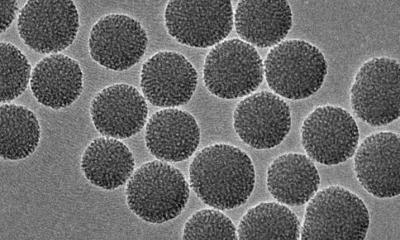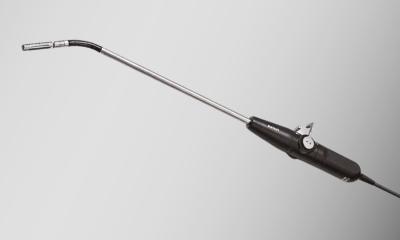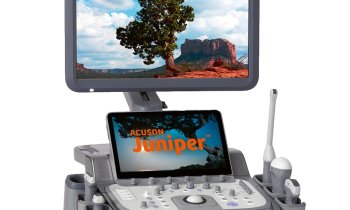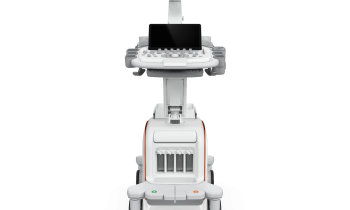Sonoelastography makes hardened cancer tissue visible
Sonoelastography, a procedure that measures the elasticity of tissue and differentiates between healthy and hardened pathological tissue, will make cancer diagnosis safer in the future. For example, it has been shown to improve the accuracy of prostate cancer diagnosis by 20%.
Aspects of the application of this procedure were discussed at the 32nd Three Nations Meeting of the German, Austrian and Swiss Societies for Ultrasound in Medicine (DEGUM, ÖGUM, SGUM) this September in Davos.
From soft, fatty tissue to the bone-hard skeleton: The elasticity of the tissue in the human body varies from 0.5 to 1,000 kPA (kilopascal). To assess tissue hardness, the physician first palpates palpate the tissue by hand.
‘However, from a diagnostic perspective it is far more precise and safer to examine these structures with a sonoelastograph,’ explained Professor Christoph Dietrich MD, internist at the Caritas Hospital in Bad Mergentheim, and DEGUM representative (Honorary Secretary) of the respective European association (European Federation of Societies for Ultrasound in Medicine and Biology; EFSUMB). Pressure waves from the rhythmically vibrating ultrasound transducer reach areas not accessible to hands – the less elastic the tissue, all the quicker. Apart from the prostate, this type of tissue includes the lymph nodes between the lung lobes (mediastinum), the pancreas and organs of the digestive and reproductive tracts.
In a suspected prostate cancer case, doctors remove tissue samples using a hollow needle, which carries the risk of bleeding and infection of the prostate. A negative sample result could mean the doctor has not punctured the precise tumour location, Prof. Dietrich explained. ‘Previously, the exact location of small tumours was not sufficiently detectable. This is why the prostate should be elastographically examined before a biopsy,’ to locate tumours, avoid incorrect diagnoses and make biopsies more accurate. Sonoelastography, he emphasised, makes it possible to cut out suspicious tissue with 20% higher accuracy.
The procedure also improves the hit rate of biopsies for other diseases. Cancerous milk ducts in the breast, or fatty tissue in the liver can be reliably told apart from healthy tissue. ‘The spectrum is broad – not least because the development of sonoelastography was always based around its application in practice,’ he added.
In addition, for internal ultrasound examinations, e.g. bowel or vagina, sonoelastography can be combined with special probes.
19.11.2008











